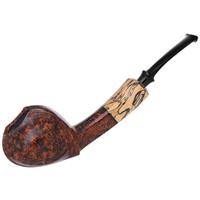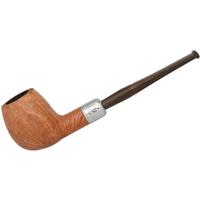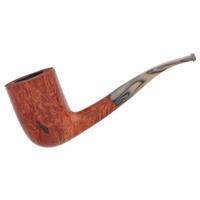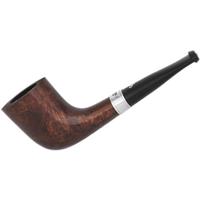Lately, I have been eying on newer Dunhill(white Spot) pipe offerings specifically on their Canadian models' group 3 and 4
now what I'm noticing is that chamber size and total length even WITHIN each size group seem to vary a bit being somewhat inconsistent, wonder if this has something to do with production year or country? Though these differences in the chamber size are minimal but existing.Lengthwise differences are even more obvious, the very same model in various finishes and in various countries, England, Germany and Italy,all seem to have minimalistic differences both in size and weight. Finally take for instance Savinelli or say Stanwell pipes, based on my experience chamber size and lengths are all the same and do not seem to differ regardless of where they are marketed,be it in America or Italy.The same phenomena I have noticed with Peterson brand
now what I'm noticing is that chamber size and total length even WITHIN each size group seem to vary a bit being somewhat inconsistent, wonder if this has something to do with production year or country? Though these differences in the chamber size are minimal but existing.Lengthwise differences are even more obvious, the very same model in various finishes and in various countries, England, Germany and Italy,all seem to have minimalistic differences both in size and weight. Finally take for instance Savinelli or say Stanwell pipes, based on my experience chamber size and lengths are all the same and do not seem to differ regardless of where they are marketed,be it in America or Italy.The same phenomena I have noticed with Peterson brand














 :
: